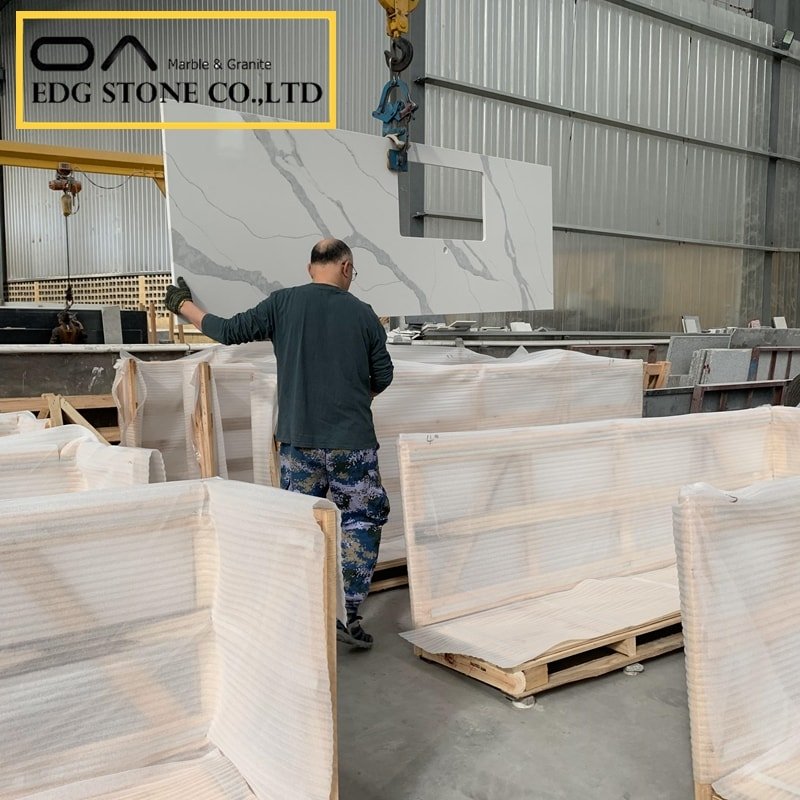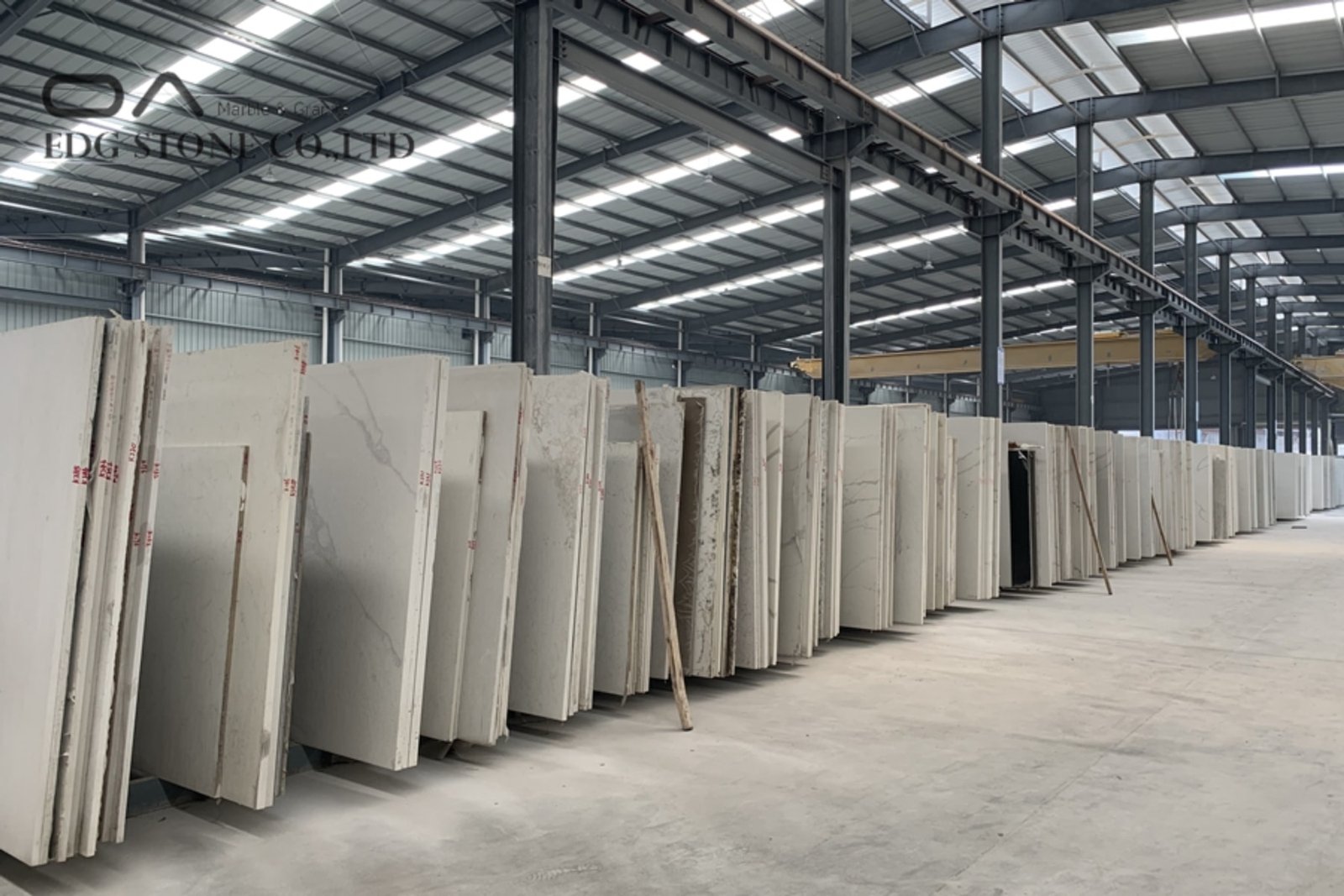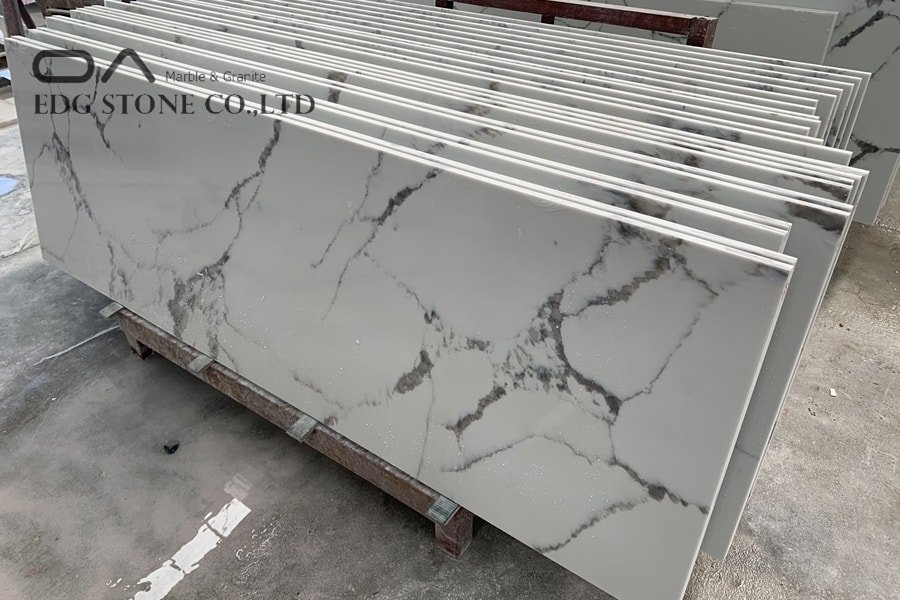The proportion of quartz stone in home decoration stone is getting higher and higher, especially the use of cabinet countertops is the most common in home decoration, and the problems that are exposed are more obvious, such as bursting and local discoloration.
Quartz stone slabs are composed of more than 93% natural quartz and about 7% colorants, resins, and other additives that adjust bonding and curing. Engineered quartz stone is formed by negative pressure vacuum, high-frequency vibration, heating, and curing, its texture is hard, the structure is dense, and it has wear resistance (Mohs hardness above 6) that is unmatched by other decorative materials, and pressure resistance (density 2.0g/ cubic Cm), high-temperature resistance (temperature resistant to 300 ℃), corrosion resistance, anti-permeation does not contain any pollution and radiation sources, belongs to a new green environmentally friendly artificial stone, quartz stone price is higher than other stones.
Speaking of this, many people will wonder if the quartz stone slab can withstand high temperatures up to ≤300°, why does the heating container directly on the tabletop cause bursting and discoloration? Because the quartz stone raw material mentioned above contains a 7% resin solvent, it is prone to heat expansion and contraction after high temperature. If the local heating is sudden, such as no expansion joints are reserved during construction, cracks or marks on the bottom of the container are likely to occur. Discoloration. Quartz stone manufacturers remind users that they should avoid direct contact with heat containers and use heat insulation pads.








